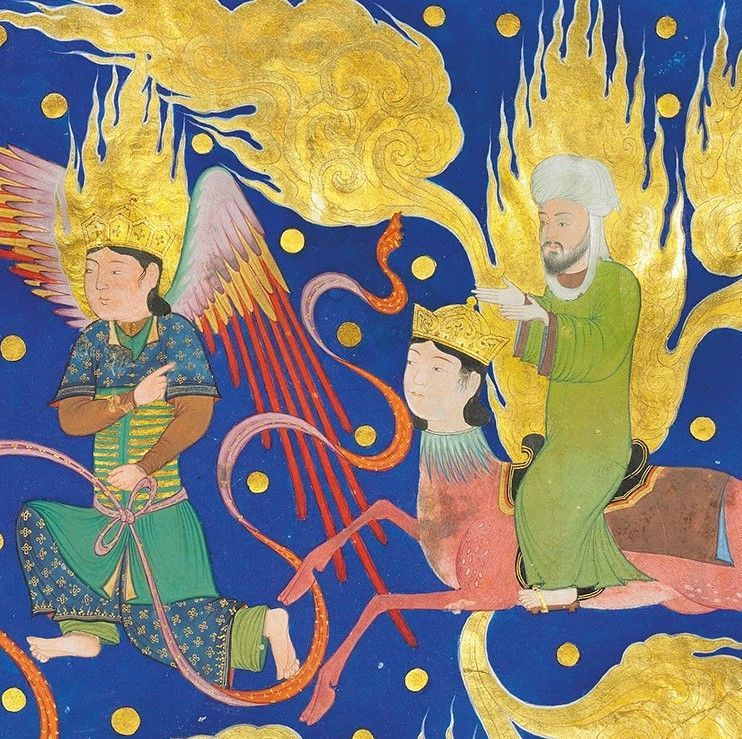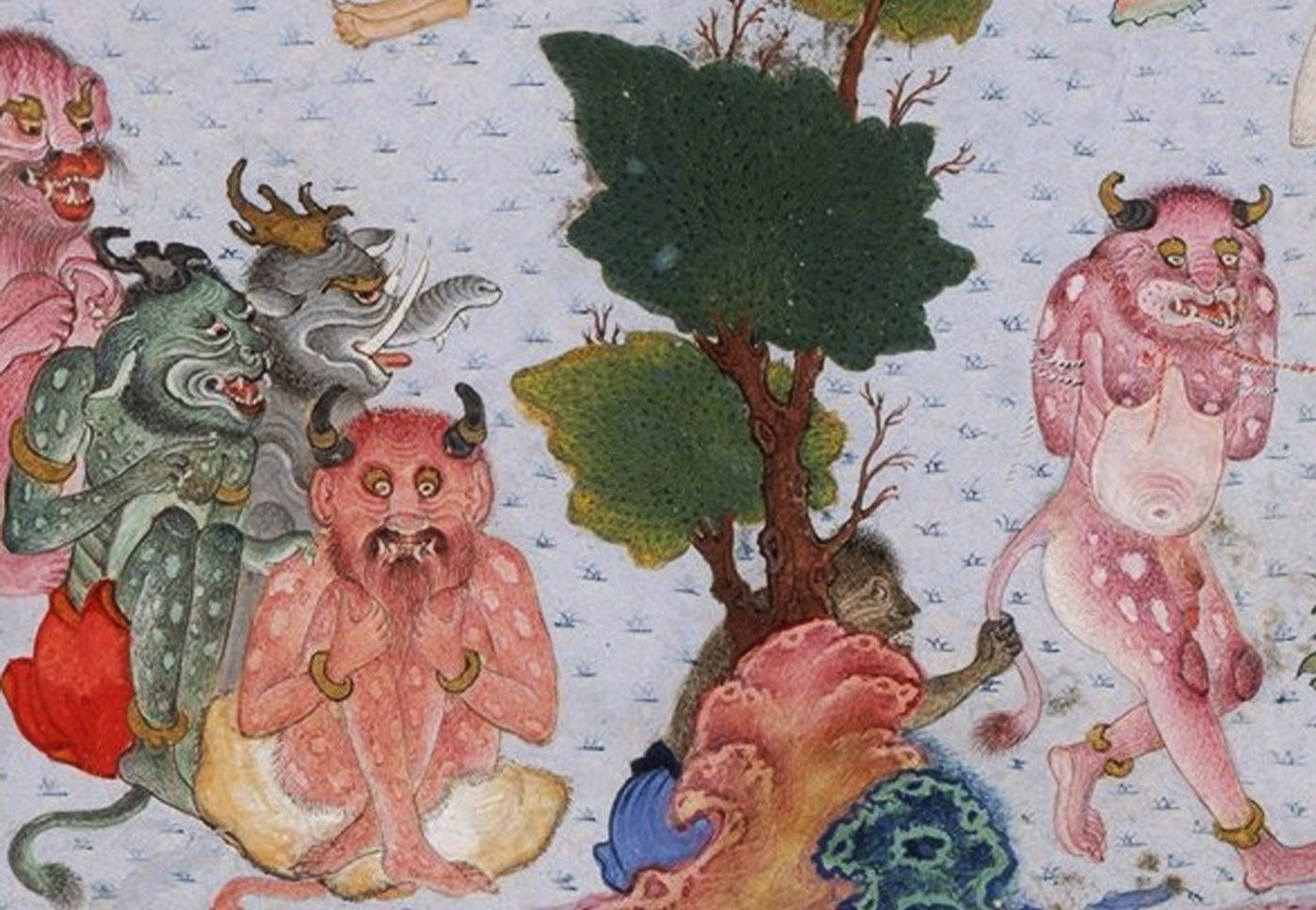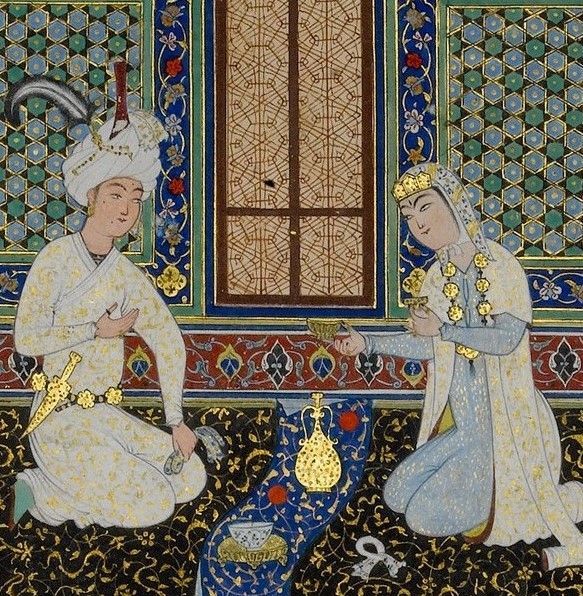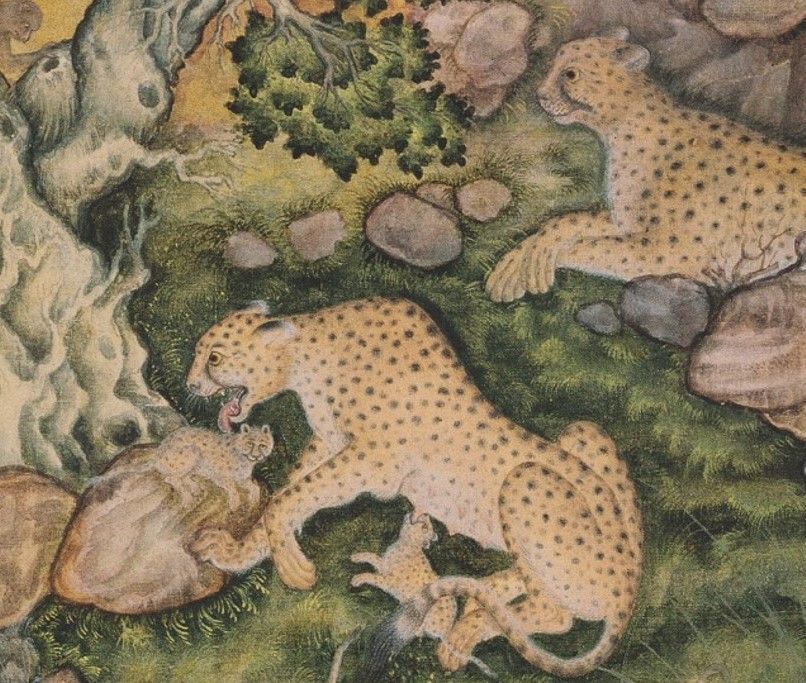GLOBAL ART HISTORY LECTURES
AUSTRALIA
Suitable for people of all ages and backgrounds, whether you are a retired professional, involved in formal studies or professional development, or an artist with an interest in material history and multi-culturalism, all are welcomed.
Inspiration for artists, practitioners, craftspeople, conservators,
students of art history, travellers, readers, thinkers,
and the simply curious.
PERSIAN and MUGHAL NARRATIVE PAINTING
August - September 2023
Four stunning new online lectures newly prepared this year, repeated as
special transmissions for friends in AUSTRALIA,
to reach time-zone AEST (Canberra, Sydney, Melbourne, Hobart)
at 2.00 pm on Sunday afternoons.
I hope you can make it!
Click on the Picture Links to be directed to the Eventbrite Pages to find out more and register
About
PERSIAN AND MUGHAL NARRATIVE PAINTING
August - September 2023
Focusing on some specific literary themes, we start with a genre of visionary texts and images from the 15th century on the Prophet’s Isra’ and Mi’raj or Night Journey in Expressing the Inexpressible: Painting the Ascension. Recorded in some of the most beautiful passages of the Qur’an, this was the most mysterious and esoteric of the revelations bestowed upon the Messenger of God, in which he was given to experience the entirety of cosmic creation within the space of one night.
Moving on to an overview of secular literary themes, in Storytelling and the Master Painters we examine 15th and 16th century illustrations of the epic Shah Nameh or “Book of Kings” of Firdausi, and some classic Love Stories by famous Medieval poets.
In the last of the Persian themes, we take a more detailed look at a story from the Khamseh of Nizami Ganjavi, the visually stunning Haft Paykar or Seven Beauties: Tales of Magic and Romance, examining the colour-coded cosmic and geographic symbolism embedded in a series of enchanting 16th century illustrations.
Turning our gaze towards the Mughal Court in 16th century India, we look at the formation and early development of the Mughal school century with Emperor Akbar’s Experiment in Art. Within a period of fifty years, he and his artists created an eclectic fusion style by bringing together Persian, Indian, and European influences. In this lecture we trace the development of this remarkable achievement, from the earliest works of youthful patronage, to the sophisticated syncretism of the Imperial atelier in the last years of Akbar’s reign.



